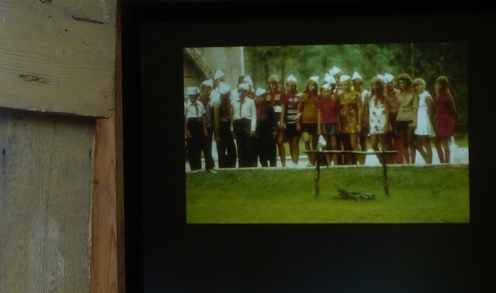(in collaboration with Ilya Orlov)
MANIFESTA 10 Public program 22 June - 31 October 2014
Curator Joanna Warsza
During the Soviet era, memorial sites of the revolutionary movement, Lenin’s memorial sites and museums were used as a sort of ideological altar, serving to mobilize and rally society. In the war years, soldiers visited them before being sent to the front, and young people were sworn into the Young Pioneer youth movement there. School pupils and university students were taken to such places on trips, and guide books and postcards were printed en masse.
In the late Soviet period, the museums dedicated to Lenin and his hideouts were decked out according to the latest trends in exhibition design, with genuinely modern exhibits created by leading museum professionals. Archive photographs of the museum’s exhibitions from the 1970s are surprisingly similar to photos of some European biennale or other: Soviet onlookers examine an old tin teapot and bundle of wood in the Shalash Museum or an ordinary tree stump in Lenin’s ‘outdoor office,’ so called ‘Green Study’, much as the 1970s European public stared, fascinated, at objects that they were equally unaccustomed to seeing in museums, in the Documenta exhibition in Kassel.
The nominalism practiced by Soviet ideology is similar to the gesture of an artist. In the manner of Marcel Duchamp, an everyday object placed in an exhibition acquired a special status. In the manner of the art-group Kollektivnye Deystviya (Collective Actions), a run-of-the-mill rural landscape became a special, ritualistic space. Thus, a typical St. Petersburg room from the early twentieth century or an ordinary plot of land became sacred memorials for the Soviet people.
What is the role of these places today, now that their ideological function has been consigned to the history books, their political meaning has experienced post-Soviet inflation, and images of the revolution have lost their sacredness?

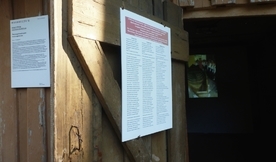
The slide installation at the Sarai (‘The Shed’) Museum, based around postcards from the late 1960s, is dedicated to the mass rituals of political commemoration that took place at Razliv in the Soviet era. One of Lenin’s favourite songs, the Worker's Marseillaise, provides the soundtrack, but it has been assembled in a special way: the consonants which support the form of the song’s words have been removed from the choir’s singing, leaving only the sublime and inspiring solemn pathos of the vowels.
The installation at the Shalash ('The Hut' or 'The Branch Shelter') Museum reproduces three versions of a part of the museum’s classic 1964 Soviet exhibition (dismantled in 2006), widely known from numerous photos – the minimalist cube glass case containing objects from Lenin’s secret hideout in Razliv.
On the wall is a photocopy from the museum’s archive of a cutting from an unidentified newspaper from the late 1920s, which was censored, presumably in subsequent years. An unknown museum employee cut out the name of, presumably, Grigory Zinoviev, with whom Lenin hid in Razliv in 1917, from the caption underneath the photo, as it was prohibited to mention Zinoviev or his time with Lenin following Zinoviev’s execution in 1936.
Soviet postcards and photographs of Lenin’s hideouts on the opposing wall lead visitors to consider the today’s process by which historical memory is eroded. Devoid of their captions (which are on the reverse of the postcards), Lenin’s hideouts become ordinary rural landscapes and banal interiors, potentially parcels of land or properties for sale.

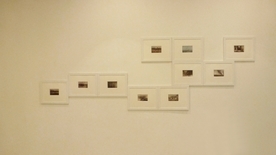
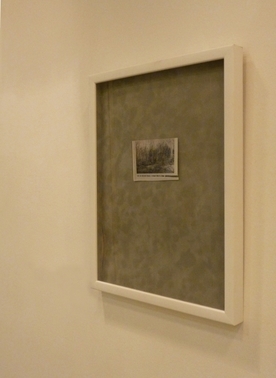
The Razliv Museum Complex includes the "Emelianov's Sarai (The Shed)" and "Lenin's Shalash (The Branch Shelter)" museums, both covering the period of Lenin's hiding from the prosecution of bourgeois Provisional Government. First the attic of proletarian Nicolai Emelianov's shed, then the shelter of branches by the lake, have housed the future leader of the October Revolution and his comrade-in-arms Zinoviev during the summer of 1917.
The museum was founded in 1925 after Lenin's demise. In 1928 the granite "Shelter" monument was erected by architect Gegello. In 1964, the exhibition pavilion designed by architect Kirchoglani was built nearby to hold the museum collection. In 1970 the Emelianov's Shed was covered with the glass housing. In the Soviet period these museums were visited by hundreds of thousands yearly. 5946000 attended between 1939 and 1975. The museums were known worldwide and attracted numerous international delegations.

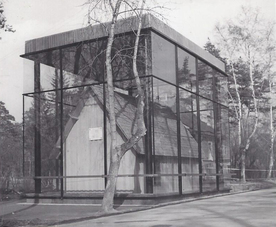

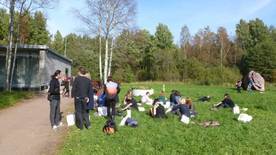
Both museums are conveniently located in the popular out-of-town public rest area by the lake about 30 km from the centre of St. PetersbCurg. The distance between the two is 7,5 km.
Lecture by historian Ilya Budraitskis, “De-Ideologization: Revolutionary Museums and Their Place in the Present” - within the framework of A Revolutionary Museum After Ideology project.
Collage with audiences of different years
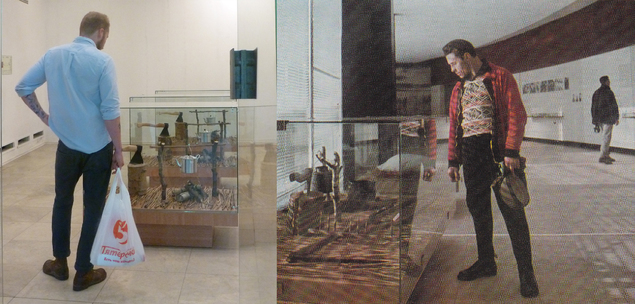
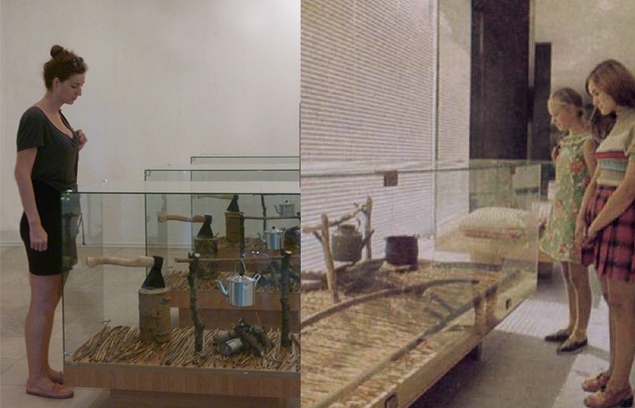
Click here to read Ilya Orlov's article/lecture about the project for CuMMa Papers #14 - a Journal ofNora Sternfield's CuMMA discourse series at the Aalto University.

